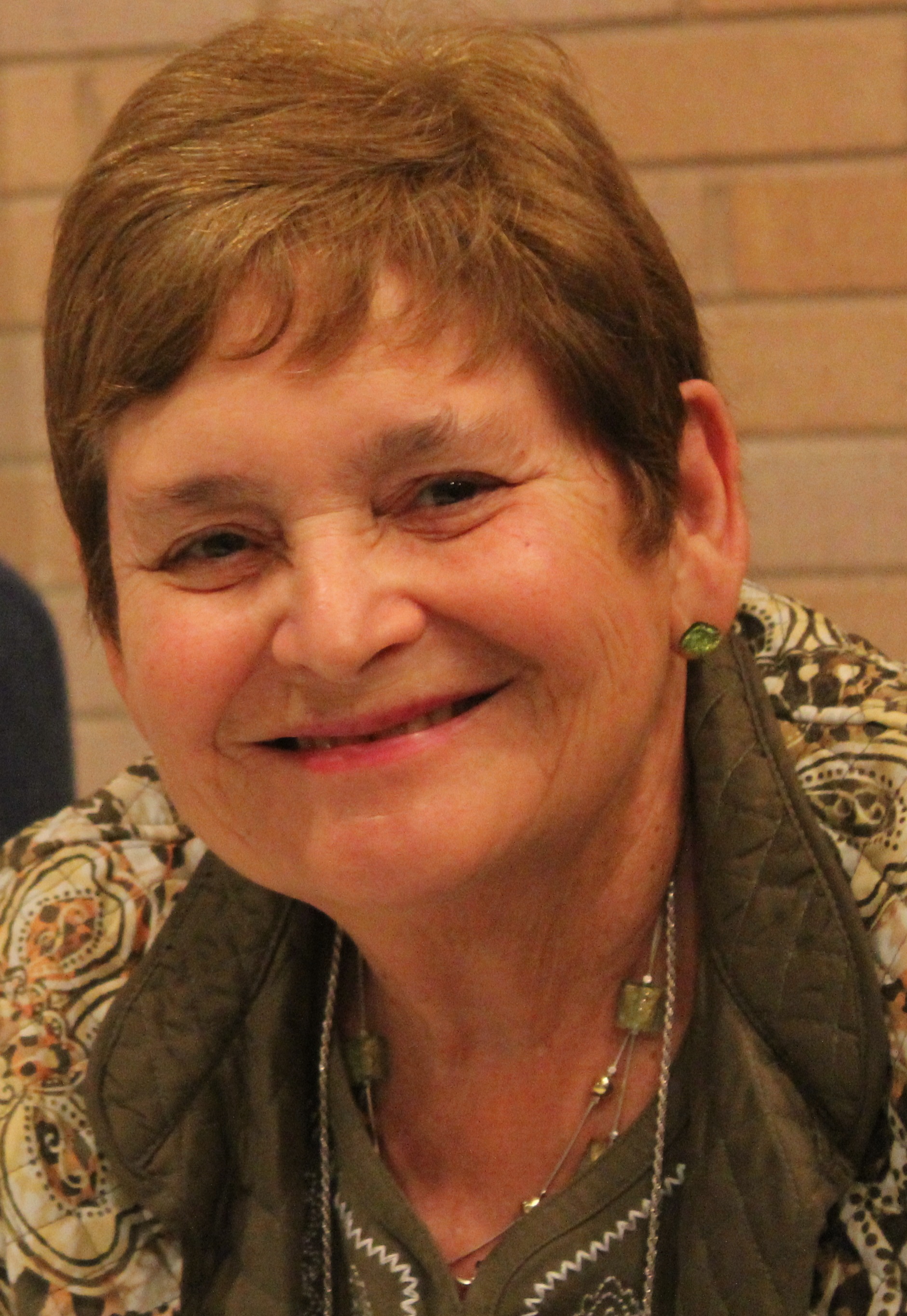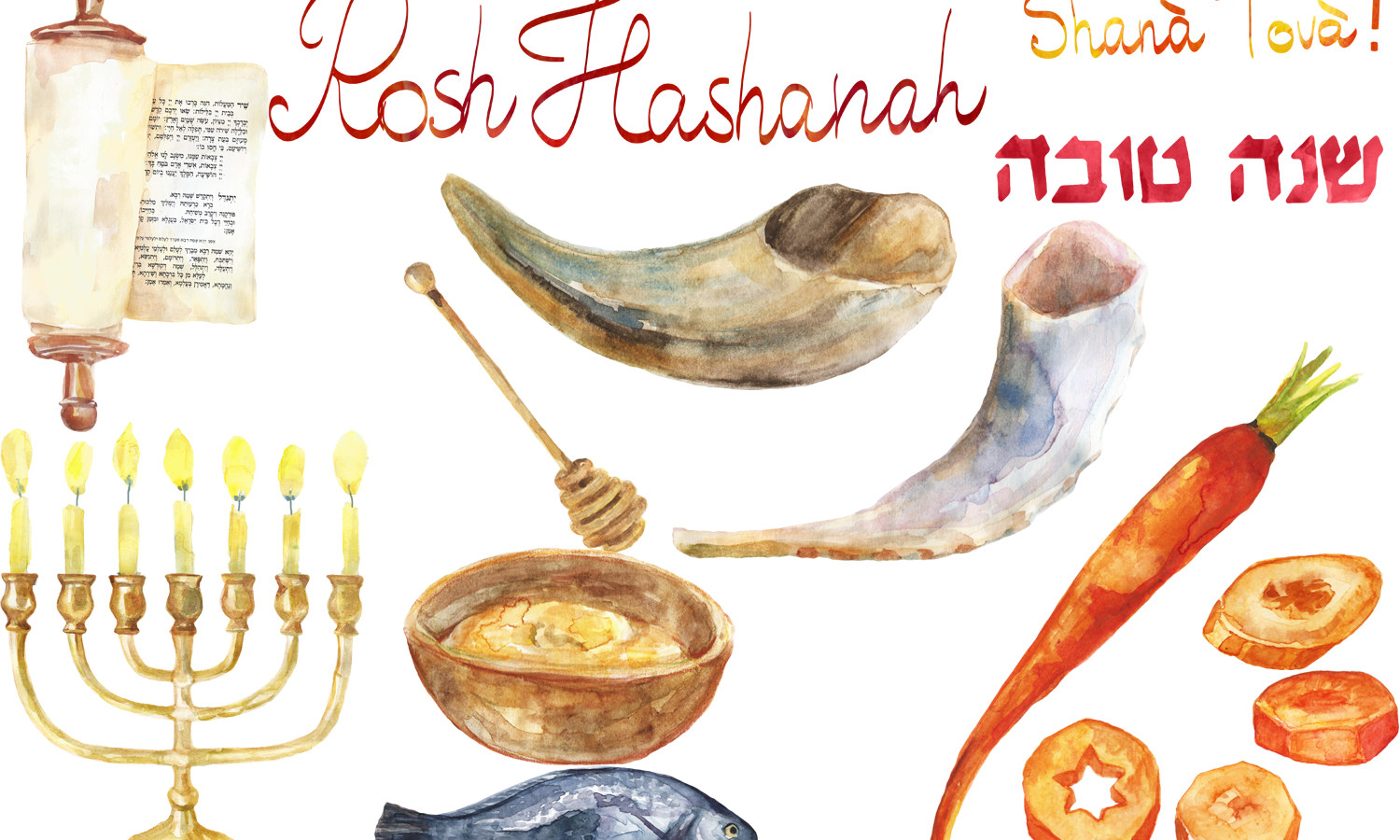By Patricia Levinson, Hadassah Board of Directors
When the request came to explain the “Days of Awe” to my predominantly non-Jewish neighbors (several of whom are Presbyterian Pastors), I accepted with alacrity. After all, I had taught religious school at two different synagogues in Upstate New York for many years. And then I realized that in this year, during a pandemic, the conceptualization of the Jewish High Holy Days is intellectually and spiritually challenging.
The imagery of the Jewish High Holy Days is beautiful. We visualize every human being passing before God at the beginning of each new year on Rosh Hashanah. God, with his all-seeing wisdom judges our deeds and determines if we are worthy to live another year. Those who are deemed worthy are written into the “Book of Life.” However, our fate is not sealed until the Day of Atonement (Yom Kippur) ten days later. We have ten “Days of Awe” to repent and ask for forgiveness from both God and anyone we may have wronged. Finally on the tenth day our fate is sealed, the final decree is made, and the gates of heaven close again for another year.
What is the best way to explain the Holy Days to those who are not familiar with the traditions? I realized that I would have to approach the topic from their vantage point. For an audience familiar with the Jewish scriptures, which they think of as the “Old Testament,” the obvious starting point is the Bible itself. Looking at the biblical commandments regarding these Holy Days would place these very important spiritual days in my audience’s frame of reference.
I found to my amazement that I had to rethink my own pre-conceptions of the evolution of Rosh Hashanah.
We are told in both Leviticus and Numbers: In the seventh month on the first day of the month, you shall observe complete rest, a sacred occasion commemorated with loud blasts. You shall not work at your occupations; and you shall bring an offering by fire to the Lord.
However, this holiday is never given a name! It is not even clear when the first of the month of Tishrei became recognized as the beginning of the new year. It is not until hundreds of years later in the Psalms that the New Year is linked to God’s creation of the world, his kingship and his judgement of the world.
As Judaism evolved over the millennia, the final codification of the Jewish oral tradition between 200BCE and 200 CE in the Mishnah states: On Rosh Hashanah all human beings pass before Him as troops, as it is said, “the Lord looks down from heaven, He sees all mankind. From His dwelling place He gazes on all the inhabitants of the earth, He who fashions the hearts of them all, who discerns all their doings.”
So how do we observe the *two-day Rosh Hashanah holiday today, and why is it observed by most Jews, religious or not? Its importance lies in our perception that this is the time and place to repent and to express our hopes and prayers for a happy future.
This year, beginning on the eve of Rosh Hashanah (Monday September 6, 2021), I will celebrate Rosh Hashanah with family and close friends as we joyously light the candles, say the blessings over wine and a special round challah bread, and bring in a sweet New Year with honey and apples. As we visualize the Books of Life and Death open on the heavenly desk, we will attend services (streamed on Zoom from my synagogue this year because of COVID-19) that will include the blowing of the Shofar, communal prayers of repentance, celebrating God as king, reading from the Torah and the prophets, and say prayers in remembrance of our departed loved ones. We will ask to be granted another year of life.
Unfortunately, issues of life and death have become all too common this year as we anxiously follow the daily news and realize the horrendous toll that the coronavirus is taking. This year we will join our religious community and make our requests virtually because we cannot take the chance of causing an unnecessary death by coming together to pray.
How does this fit into our concept of God’s judgement? Are we to believe that the fate of everyone who dies of COVID-19 was predetermined? Are we to be judged ourselves on the precautions we took to make sure that we protected others from getting the disease? The ethical questions are numerous.
But if Rosh Hashanah is the day on which we are to be inscribed in the Book of Life, Yom Kippur is the day on which our fate for the coming year will be sealed. It makes sense that we would spend the time between the two Holy Days repenting for any sins we may have committed. Hence the name “Hayamim Hanoraim – the Days of Awe”.
Once again, I turned to the Bible to explain more about the origins and evolution of Yom Kippur, the Day of Atonement, or as it is known in Hebrew, “Yom Hakippurim,” the Day of Atonements (plural). Once again, I found that the concept of atonement changed dramatically over the centuries of Jewish belief and practice. We find the first reference in Leviticus:
“Mark, the 10th day of the seventh month is the Day of Atonement. It shall be a sacred occasion for you; you shall practice self-denial, and you shall bring an offering by fire to the Lord; and you shall do no work throughout that day. For it is a Day of Atonement, on which expiation is made on your behalf before the Lord your God… Do no work whatever; it is a law for all time, throughout the generations in all your settlements. It shall be a Sabbath of complete rest for you, and you shall practice self-denial; on the ninth day of the month at evening, from evening to evening, you shall observe this your Sabbath” (Lev. 23:27-32).
One of the primary ways of self-denial in Judaism is fasting, so the 10th day of the month of Tishrei became a 25-hour period of fasting. Also note that in the original biblical statement, “expiation” is to be made for us by the priest, not personally.
There are biblical references galore, as every detail of the process of atonement is spelled out from the earliest days when the “Holy of Holies” containing the “Ark of the Covenant” was housed in a tent sanctuary as the Israelites traveled through the desert for 40 years. Only the High Priest could enter the sanctuary after a personal repentance and purification ritual. His task was to purify (purge) God’s dwelling place. Part of the ceremony involved two goats. The priest sacrificed one as an offering to God. He then placed the sins of the congregation on the head of the second goat and sent it far away into the desert (hence the concept of a “scapegoat”).
Over the millennia that followed the exodus from Egypt, Jewish worship evolved from sacrificial worship in two temples built (and destroyed) in the “Holy City” of Jerusalem, to personal worship in congregations lead by Rabbis (teachers). The temples and priesthood are long gone, but spiritually Jerusalem remains a holy city for millions of people around the world.
The Jewish concept of morality and sins that needed to be forgiven has also adapted to modern times.
This year on Yom Kippur I will listen online to the Kol Nidrei (the haunting request for absolution that opens the Yom Kippur services); say the Vidui (a public confession of sins which can only be done within a congregation of at least 10 adult worshipers); listen to the Torah readings which include examples of extreme dedication to God and a description of the Holy of Holies ceremony on Yom Kippur, and pray for forgiveness for anything I might have done that caused hurt to someone else.
This year I will also reflect on the untold millions of people who have suffered and died during this extraordinary year of grief and tragedy that we have endured. Does sin and atonement have any place during a pandemic? The Jewish religion has no concept of original sin. Judaism believes that we are all responsible for one another and for leaving the world a better place. If that is true, then what do we need to do to heal our world?
I am eternally grateful that I have been granted the opportunity to save lives and make my world a better place through my volunteer work with Hadassah. Started as a Zionist women’s movement here in the US, Hadassah literally heals our world. Nominated for a Nobel Peace Prize and selected as being among the best in the world, our two Hadassah hospitals shine like a beacon of light and hope from Jerusalem. It is my privilege to be one of the lead communicators for Hadassah both here in the United States and internationally, telling the world about the amazing research, innovative treatments and dedicated care that our hospitals provide in the Holy City, and how they then share their expertise with medical institutions around the globe. Hadassah saves lives, and I am so proud that I can make a small contribution to this holy work.
During the final prayers of Neilah that envisage the closing of the Heavenly Gates and the sealing of the final decree, I will listen to the haunting sounds of the Shofar for the last time for this year and pray that this year more people will be spared the final decree and that many more will be written into the Book of Life.
L’Shanah Tovah Tikatavu. May we all be inscribed for a good New Year, one of sweetness, health and happiness.
*Reform Judaism in the US observes only one day.


